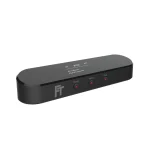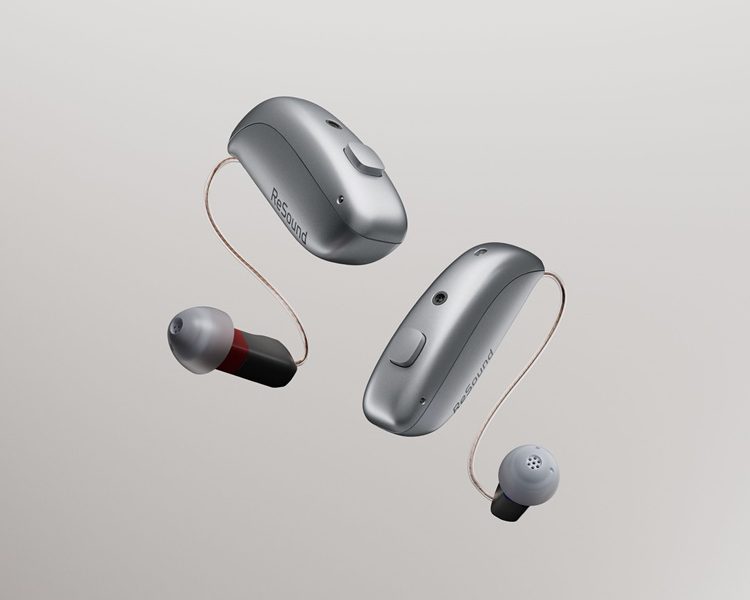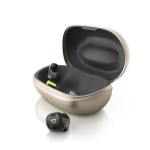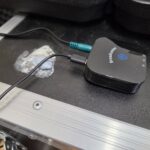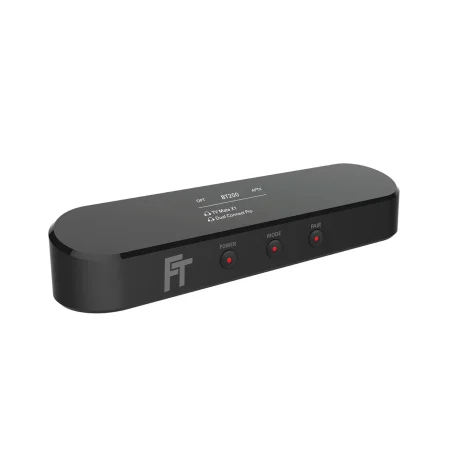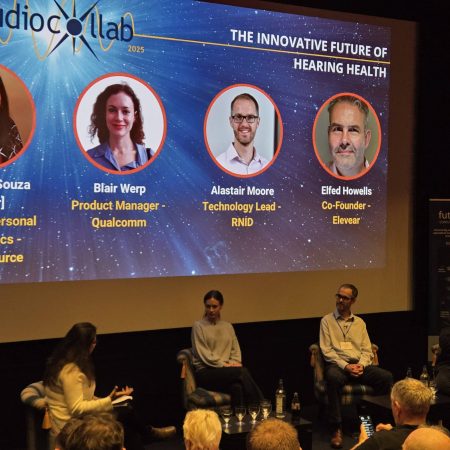ReSound Vivia hearing aids and their impressive ecosystem show why the future is Auracast
Earlier this year, GN released its Auracast-enabled ReSound Vivia range, saying it is its most intelligent hearing portfolio yet. The firm also says it is the world’s smallest AI-powered hearing aid.
For the past four months, I have been testing the ReSound Vivia microRIE rechargeable aids with custom-made ear moulds. GN has also lent me the TV Streamer+, the MultiMic+, and its older phone streamer.

If you are a TL: DR type of person, here is the verdict – for me, these hearing aids are genuinely the best I have ever worn and have given me my confidence back. Friends and family have noticed they have not had to repeat themselves as much, and the ecosystem works brilliantly.
Its Auracast features are impressive and, at the moment, the best in class when it comes to connecting to Auracasts directly from its app.
What is in the ReSound Vivia range?
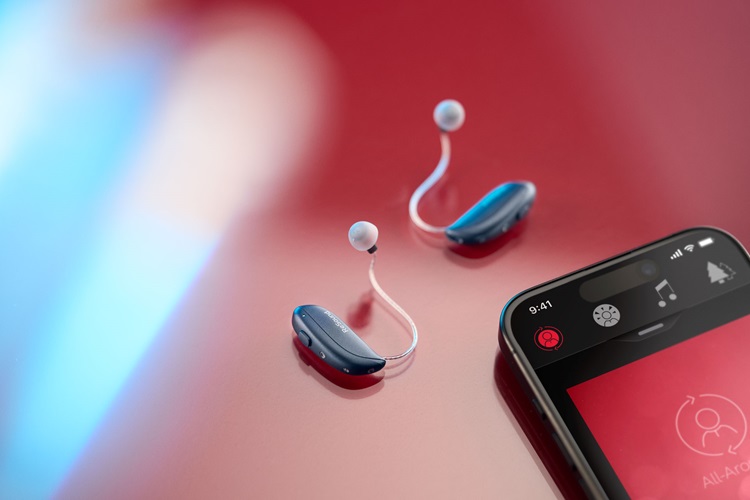
GN announced the ReSound Vivia and ReSound Savi range in February, along with sister products Beltone Envision and Beltone Commence.
They highlighted its dedicated Deep Neural Network (DNN), which is 17 times more efficient than other hearing solutions in terms of directionality and noise reduction. This helps with speech understanding, something we can confirm. GN says the chip can perform a staggering 4.9 trillion operations per day when it comes to unpacking speech and reducing background noise. Nearly two-thirds of people who took part in trials organised by GN confirmed this.
Brian Dam Pedersen, Chief Technology Officer, Head of Research and Technology at GN, said: “With ReSound Vivia, we have fundamentally reimagined how AI can enhance the hearing experience. Our unique Intelligent Focus feature mimics natural human behaviour, allowing the AI to prioritise sounds based on where the user is looking, not just how loud they are.
“This creates a far more intuitive and natural listening experience, seamlessly integrating with the user’s own perception of their environment. It’s not just about amplifying sound; it’s about intelligently enhancing the sounds that matter most.”
He added that this technology will be leveraged in future releases: “All the knowledge, capabilities, and research we have acquired will be applied across other GN products and projects, furthering innovation across the Group.”
This is promising, as it implies GN will be rolling out Auracast capabilities across its range, as it has done with the ReSound Enzo IA. If the technology is to become a standard, this is where it begins: in every hearing aid, regardless of whether it is top-of-the-range or entry-level.
GN is leading by example.
The rechargeable Vivias offer up to 30 hours of use from one charge, but 20 hours is expected for a typical day of Intelligent Focus and streaming audio.
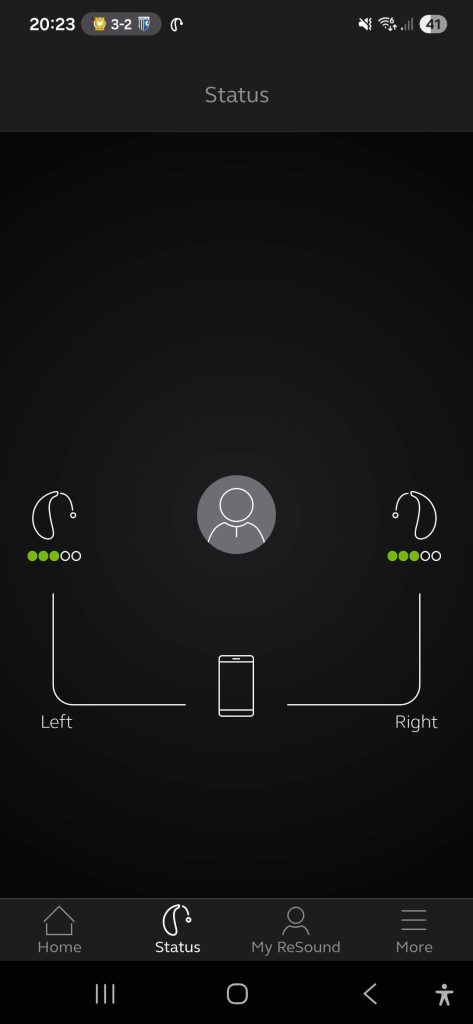
Our reality is that after a full day’s wear (from around 7am through to just before midnight – around 17 hours of use) battery life is about halfway. It’s hard to be precise as GN uses five coloured pips to denote this: five is a full charge. We usually end the day on three or two pips, depending on how much audio streaming we have used.
The hearing aid charge level can be checked through the app and is also displayed when the aids are inserted into the charging case. The amount of charge in the charging case is indicated on its rear, and it has three pips. We have, on occasion, forgotten to charge the case up and been caught out once – thankfully, the hearing aids kept going until we could get to the charger. It would be appreciated if the case’s charge level could be displayed in the app, as well as the hearing aids.
Other innovations include the aforementioned support for Bluetooth LE Audio and Auracast, controlled from the Auracast Assistant built in to the ReSound Smart 3D app – this means that iPhone or Android users will have the ability to tune in to Auracasts without needing a separate Auracast Assistant.
Again, a game changer from GN, and we hope other companies follow suit.
It has also introduced improvements to fitting software, alignment of domes and receivers for optimal comfort and acoustic performance across the portfolio, and exchangeable mic filters for easy care that improves hygiene and device longevity.
The ReSound Vivia ranges includes a microRIE rechargeable and two non-rechargeable RIE models, including a CROS model in the microRIE style, all in a wide variety of colours – including the new and elegant Navy Blue and Red. ReSound Savi is available in a new miniRIE rechargeable and two non-rechargeable RIE models in five modern colours.
So that is the promise, but what is the reality?
We have been supplied with review models, for which we thank GN. As with all Aurahear.co.uk reviews, this is our honest feedback and the content has not been influenced or suggested by any third party.
Let’s start at the beginning: the moulds
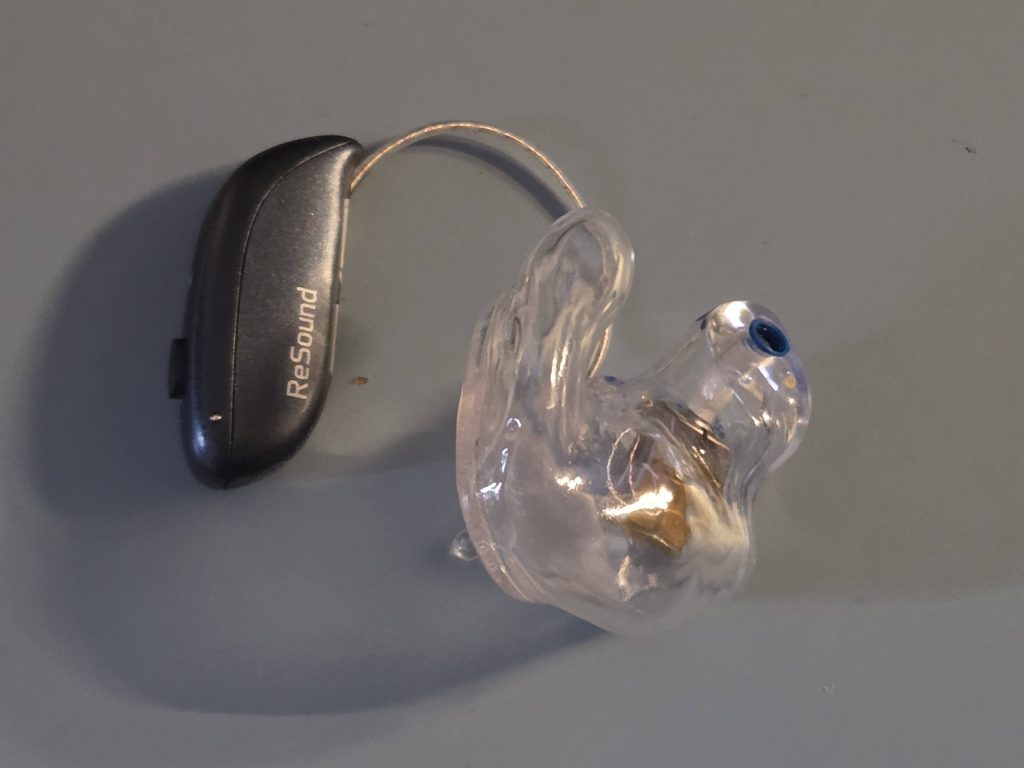
My hearing loss is in the profound/severe category. Without my hearing aids in, I am like the old joke ‘What do you call a gorilla with bananas in its ears? Anything you like, he can’t hear you’. A runaway truck could be coming up right behind me, blaring its horn, and I would be none the wiser.
My ears have narrow canals and the right ear has particularly proved to be a challenge to audiologists over the years. Trying to find the right ‘recipe’ to create an earmould that would sit comfortably in the ear, not build up internal pressure, and not give feedback has been one of the wonders of the modern world.
For much of the past decade, I have been using receiver-in-the-ear hearing aids – initially a Widex aid and then the Oticon Opn, with a thin wire running from the hearing aid to a speaker inside the ear itself. That has meant silicon domes and worrying whether the wire would break (spoiler, it happened) or the dome would get stuck in the ear (spoiler, that happened too).
I did like domes, but I like being able to hear more. When I switched to the Starkey Edge AI 24 earlier this year, my audiologist suggested returning to moulds to ensure the best possible sound, given the state of my audiogram. That meant going back to sticking fingers in my mouth and drooling uncontrollably for several minutes while the silicon in my ears set to create the mould. It was definitely worth it.
GN took this process a step further with the moulds created for me, adding in a vent to both help with pressure and let some natural sound into my ear canal. I’ve taken to these like a duck to water. They are incredibly comfortable to wear, and most of the time they aren’t even noticed. A perfect fit from the getgo.
From around hour 12 of use, some wax build up means I need to give them a quick wipe to prevent my ears from getting itchy.
With this comes the safe removal: both ears have a little plastic pull cord that sticks out, making me look like a Martian from a 1950s cartoon.
The hearing aid itself
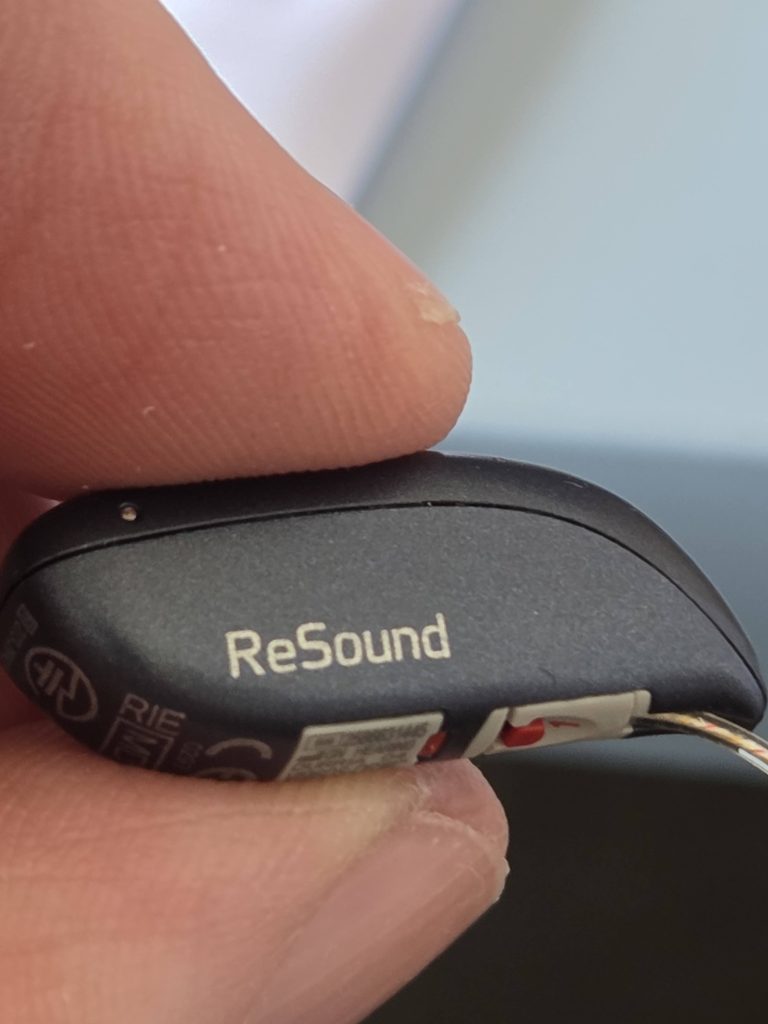
At about an inch in length, the ReSound Vivia is small, and for those who use domes, it will be incredibly discreet.
It looks great and, as mentioned already, there is a range of colours to choose from, mimicking skin tones and hair colour. Red, black and silver are also options, along with the navy blue in our test unit. It looks smart, like a proper piece of 21st century technology, and we have come a long way from the old days of any colour you like as long as it’s beige.
The ReSound Vivia has an IP68+ rating, meaning it is waterproof. We’ve been told this should be fine for exercise, but having burnt out the insides of some hearing aids in the past by being a Sweaty Betty, I’m not keen to test this out. Especially when these hearing aids are a lifeline – but they have coped well with one of the hottest summers on record.
Each hearing aid has a programmable button – for example, to answer a phonecall. In reality, I rarely use thins and it means I have forgotten what each tap does: the app does reveal what has been set up.
Everyday life
The other week, I had a catch-up session with the audiologist who fitted and programmed the hearing aids. She was surprised that I had barely used its Hear In Noise programme, set up to boost the speech capabilities of the ReSound Vivias in noisy situations such as in a restaurant, pub or conference hall.
The reality is the Vivias have been so good that I have barely needed to make the switch.
There is a meeting room used in my day job that has been my nemesis. Windowless, in a basement and with white walls, the sound bounces all over the place. Every place other than my ears. I’d given up hope and tried hard to avoid using it for meetings.
The ReSound Vivias have changed that equation. Suddenly, a meeting in this room is a pleasure. I am no longer having to think about what I am hearing. The effort of comprehending speech is gone: this is what I mean by the Vivias being life-changing.

Yes, there are times when I’m tired, so my brain’s ability to understand speech is reduced, but on the whole, life has suddenly got a lot easier and I no longer have the same FOMO (fear of missing out) even when having conversations with people working in kiosks and shops. And this extends to booking a visit to Germany later this month to attend the EUHA hearing aid congress.
That is a marked difference from where I had been just a year ago, when it was obvious my much-loved Oticons were coming to the end of their working life.
Like most manufacturers, GN has some nifty technology that calibrates the hearing aids. Audiologists can do this remotely if needed, but users can fiddle with the app’s Sound Enhancer to adjust bass, middle or treble. They change the noise reduction and wind noise reduction settings, and this be saved or reset, with favourites created at the touch of a button.
It’s all straightforward.
Auracast is the ReSound Vivia’s big party trick
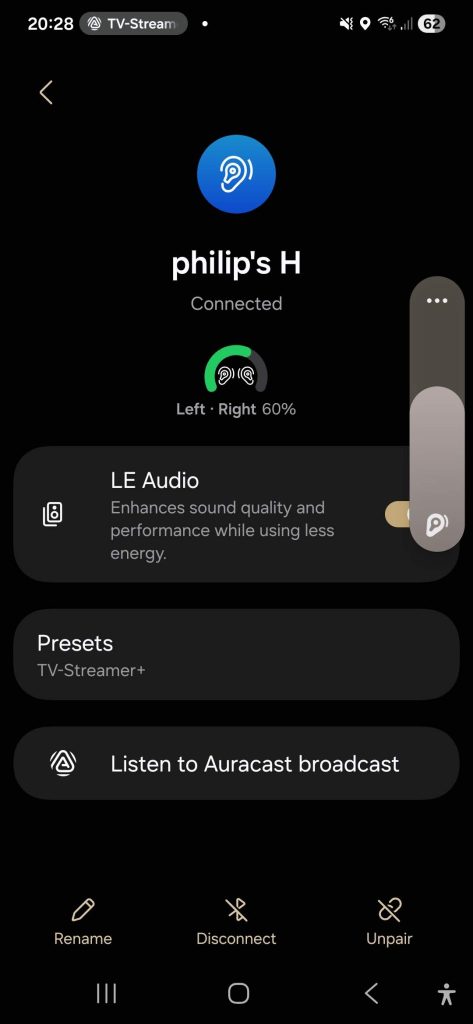
GN has wholeheartedly embraced an Auracast life, and is light years ahead of many hearing aid manufacturers right now.
While Starkey’s Edge AI 24 hearing aids have Auracast built in, they are controlled by a phone’s settings menu. While this is how the vast majority of people will connect their Auracast-enabled equipment to an Auracast, it’s a bit clunkier compared to ReSound, which has built an Auracast Assistant into its app, Smart 3D. Bbecause this app works on both iPhone and Android, anyone with ReSound Auracast-enabled hearing aids will be able to tune in to Auracasts. The aids have to be paired to the app before use, but that is an essential to stream audio from the phone.
Finding an Auracast is easy: you just press the FIND A BROADCAST button at the bottom of the app screen. It brings up a list of devices or Auracast streams and invites you to connect simply by pressing on the Auracast you want to listen to. Need to leave it? Tap it again and it stops.
Magic.
We have found it can sometimes take a few minutes for the hearing aids to snap back into normal mode, but this is nothing compared to the convenience of the app.
Occasionally, we have found that the Smart 3D app crashes on the Samsung S25 we use, which is using the latest One UI 8.0 – clearly a bug in the new operating system. The only way to fix it is to reboot the phone. We have experienced similar issues with Google Maps, suggesting that a patch is needed from Samsung.
The ease of use and the lack of complexity means most will find it straightforward to use.
It is also possible to use the phone’s Bluetooth settings to access an Auracast, handy if GN’s app crashes.
This is gushing. What’s the bad news?
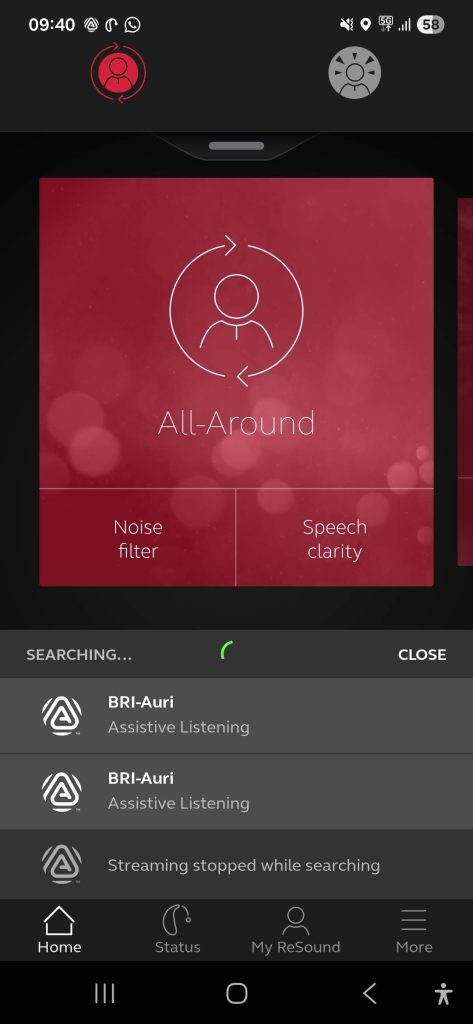
We are full of praise for the ReSound Vivias because, straight out of the box, they have been magnificent. We haven’t even needed a fine-tuning appointment. In everyday use, they have rarely let us down, and it is such an advance on where we were. The AI used in the speech recognition engine feels like witchcraft, and that renewed confidence has put a spring in my step.
So what follows are niggles.
We can’t pair the hearing aids to a computer even though the computer is able to use Bluetooth LE Audio to offer this functionality (we were able to do so via the Starkey Edge AI). It is possible to use an intermediary device such as the FlooGoo FMA120 as a workaround.
We have tried GN’s phone streamer, which will connect via Bluetooth, but find this a bit pernickety and not as fluid as the MultiMic+. For the latter, while being Auracast enabled, it is not able to connect wirelessly to a computer, so we have been using a 3.5mm headphone cable to plug it into the computer’s audio jack and transmit the sound that way. It feels like a backward step when everything else just works seamlessly.
We also couldn’t get the hearing aids to pair with a second device: we have the phone app and then tried to connect via an Android tablet, only to receive rejection messages. The MultiMic+ with a cable plugged into the USB-C socket is our workaround for this.
Our other frustration is with the power indicators for the charging pod, as already mentioned. Having the battery level incorporated into the app – or at least have a warning flash up – or have the charge indication on the top panel of the pod, would be a massive step forward here.
But when it comes to faults, that is it. Not much to complain about.
And that is a very good thing indeed.
In conclusion
As we look to the brave new world, GN has to be applauded for creating a staggeringly brilliant hearing aid that really does change lives thanks to a natural sound, impressive connectivity, and an innovative range of accessories.
The ReSound Vivias are impressive hearing aids that are, for me, delivering an exceptional experience in the everyday, while making Auracast part of my daily routine.
They are superb.


